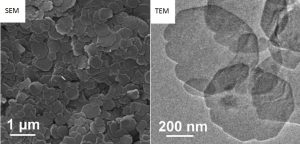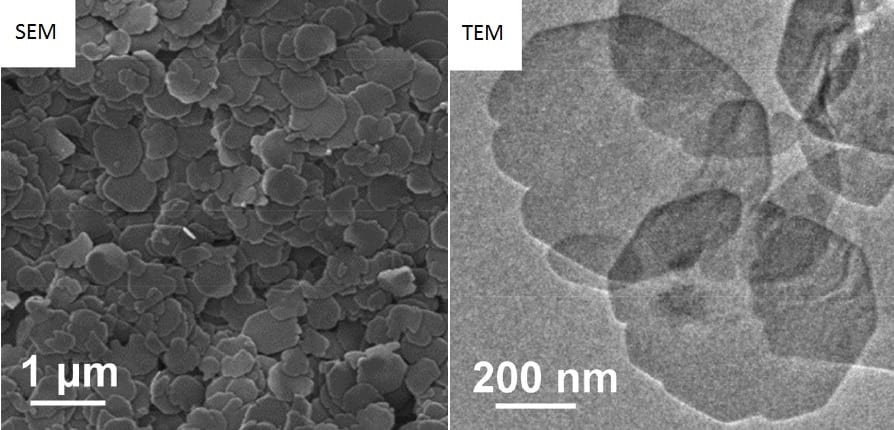While 2D is apparently no longer good enough for our TVs and our cinema screens, for electronics and energy applications it is all the rage. Certain materials, when cut down to just two dimensions, are not only good conductors but are also flexible and transparent. They fit into spaces their 3D versions cannot, and reduce the amount of material required to build a device.
One atomically thin material with excellent electrochemical performance is nickel–cobalt phosphate, which a group working at Yangzhou University, China, have fashioned into 5 millimetre-thick nanosheets using an optimised, single-step, hydrothermal process. Their composite, with a nickel-to-cobalt ratio of 4 to 5, could be applied as the positive electrode in both aqueous and solid-state energy storage devices, both showing energy densities of over 32 Wh/kg. This means that the composite is versatile enough to perform well in applications requiring either high or low operating  temperatures.
temperatures.
An impressive specific capacitance of 1132.5 F/g was measured at 1 A/g, with a capacity retention of 93% recorded after 8000 cycles, and the responsible ion-exchange mechanism is clearly and simply explained alongside the experimental details in their Advanced Functional Materials paper. Check it out now on the Wiley Online Library.

















